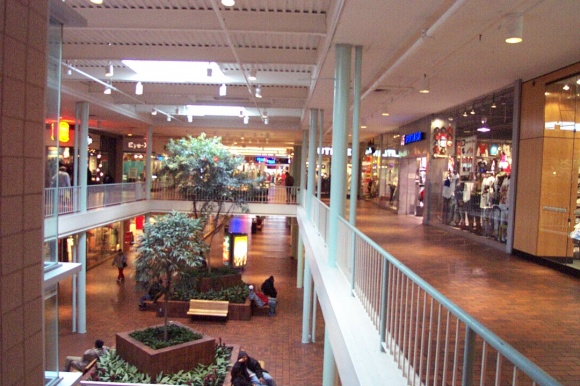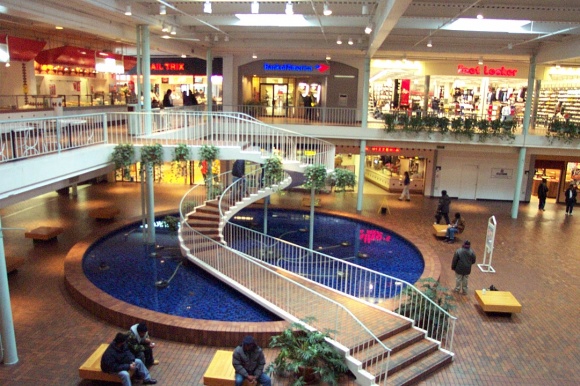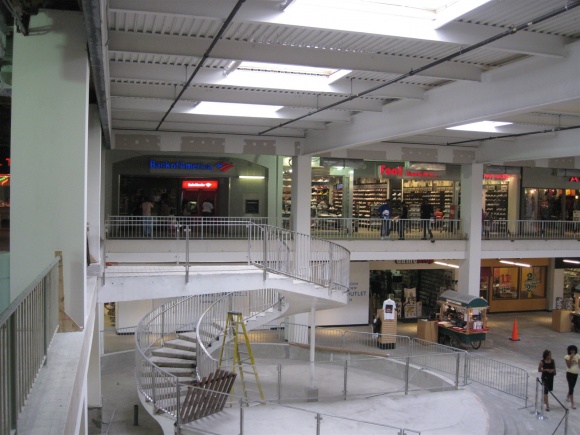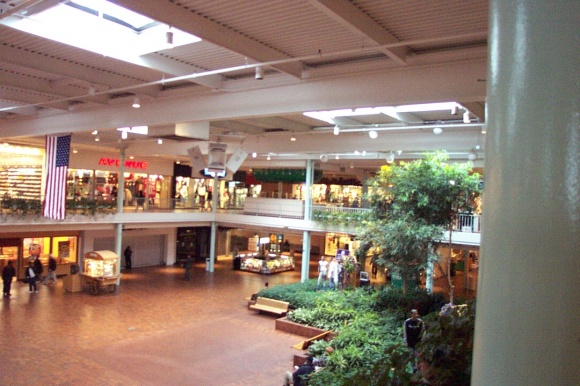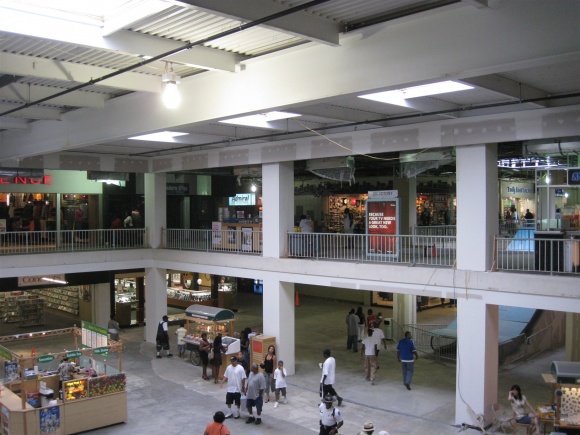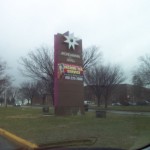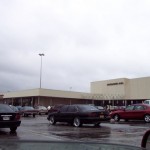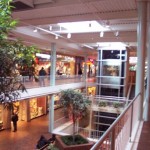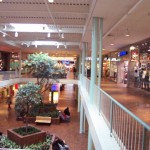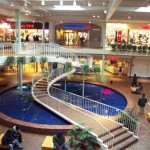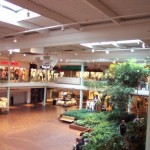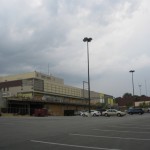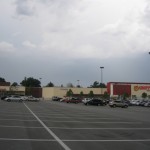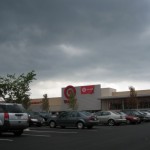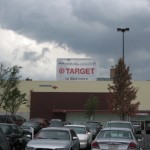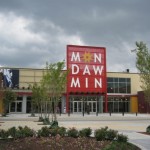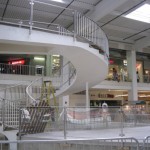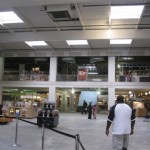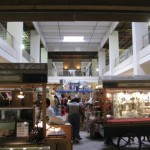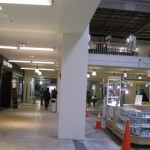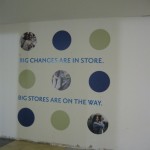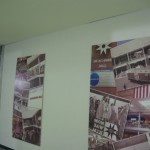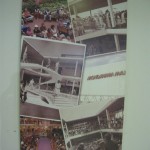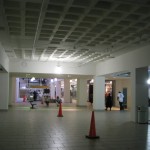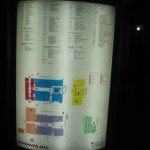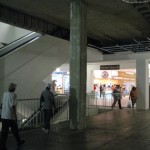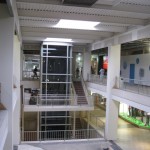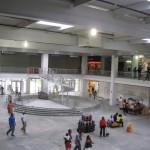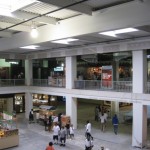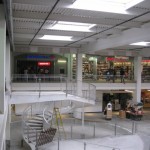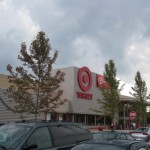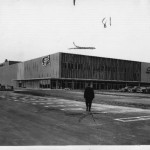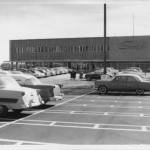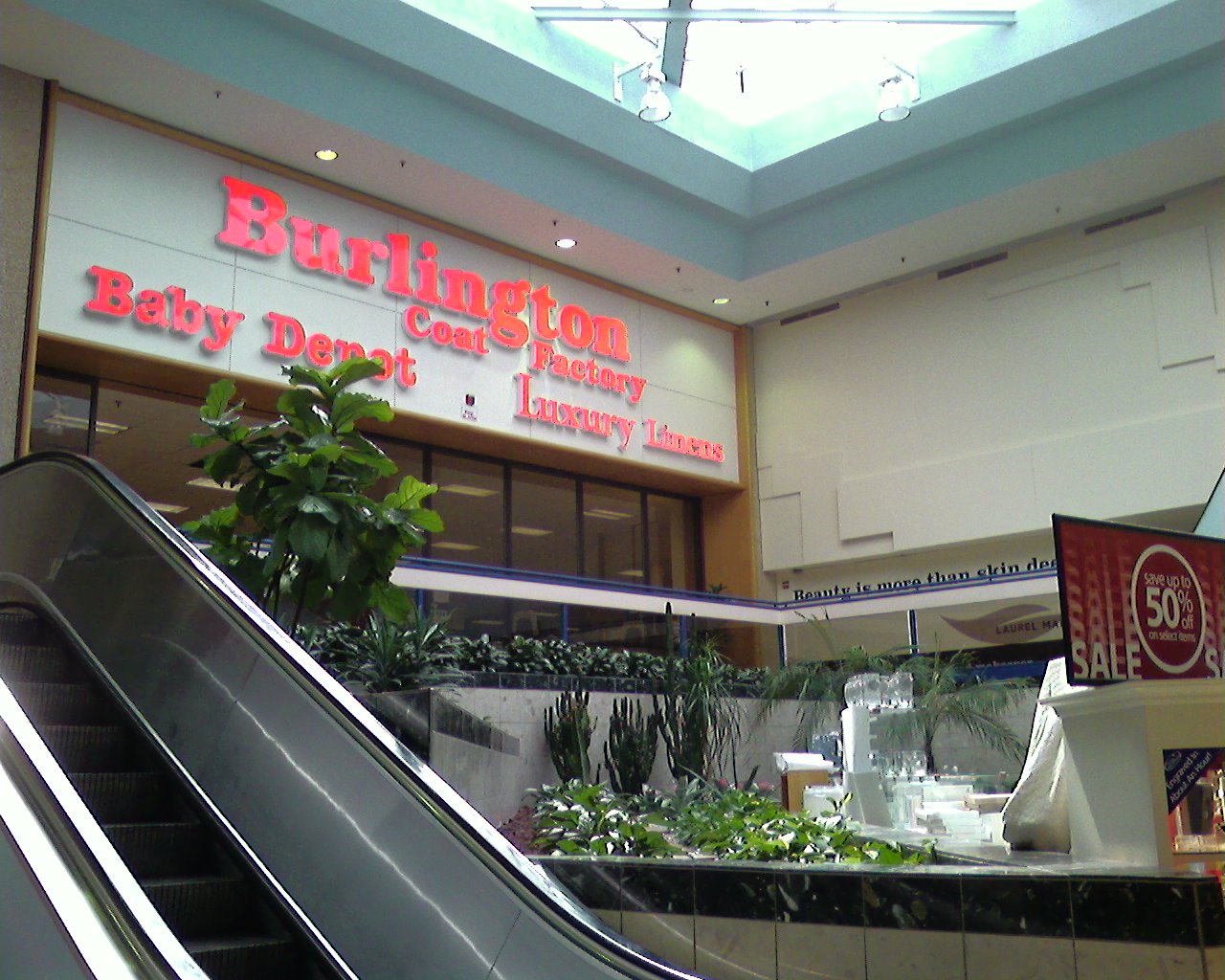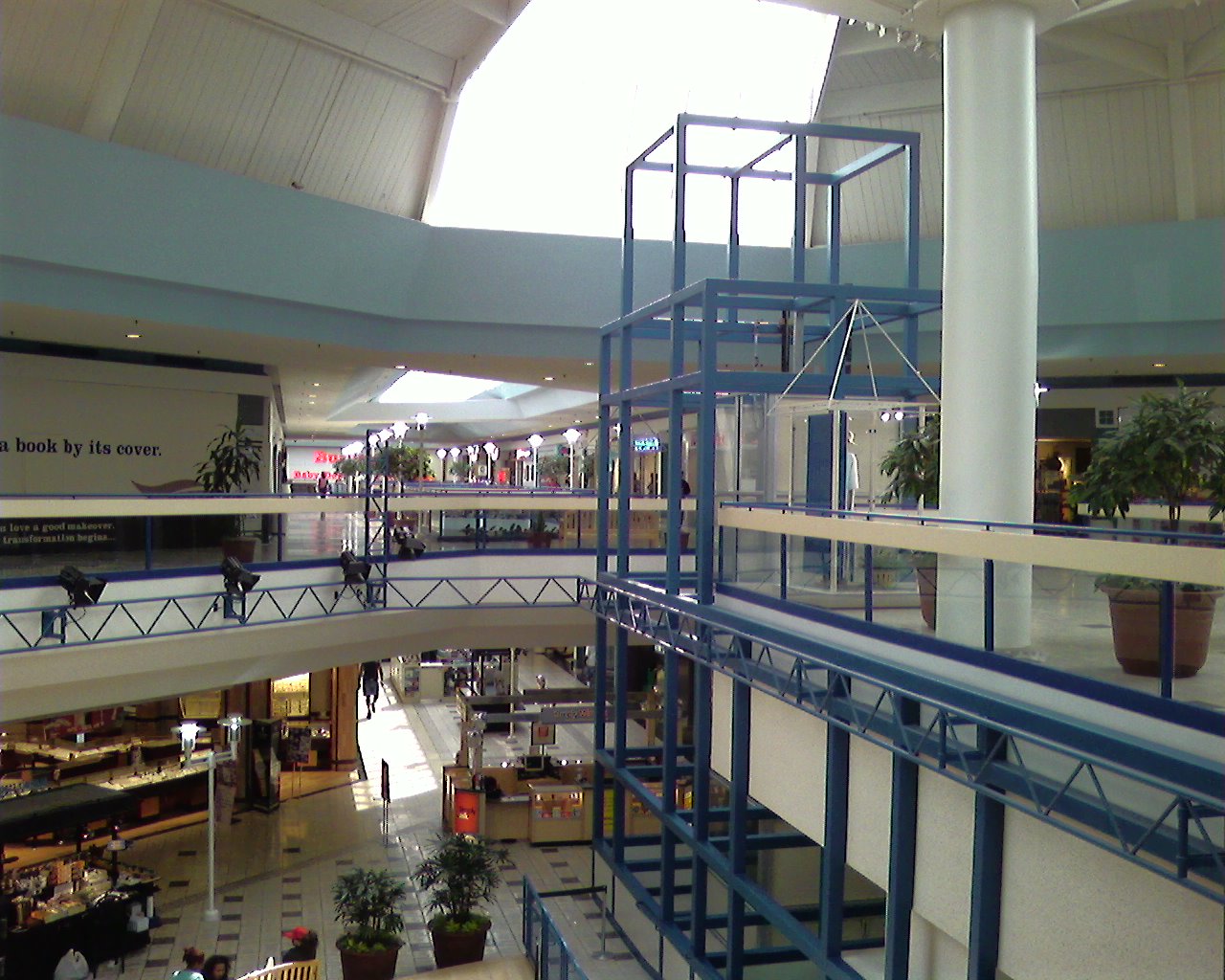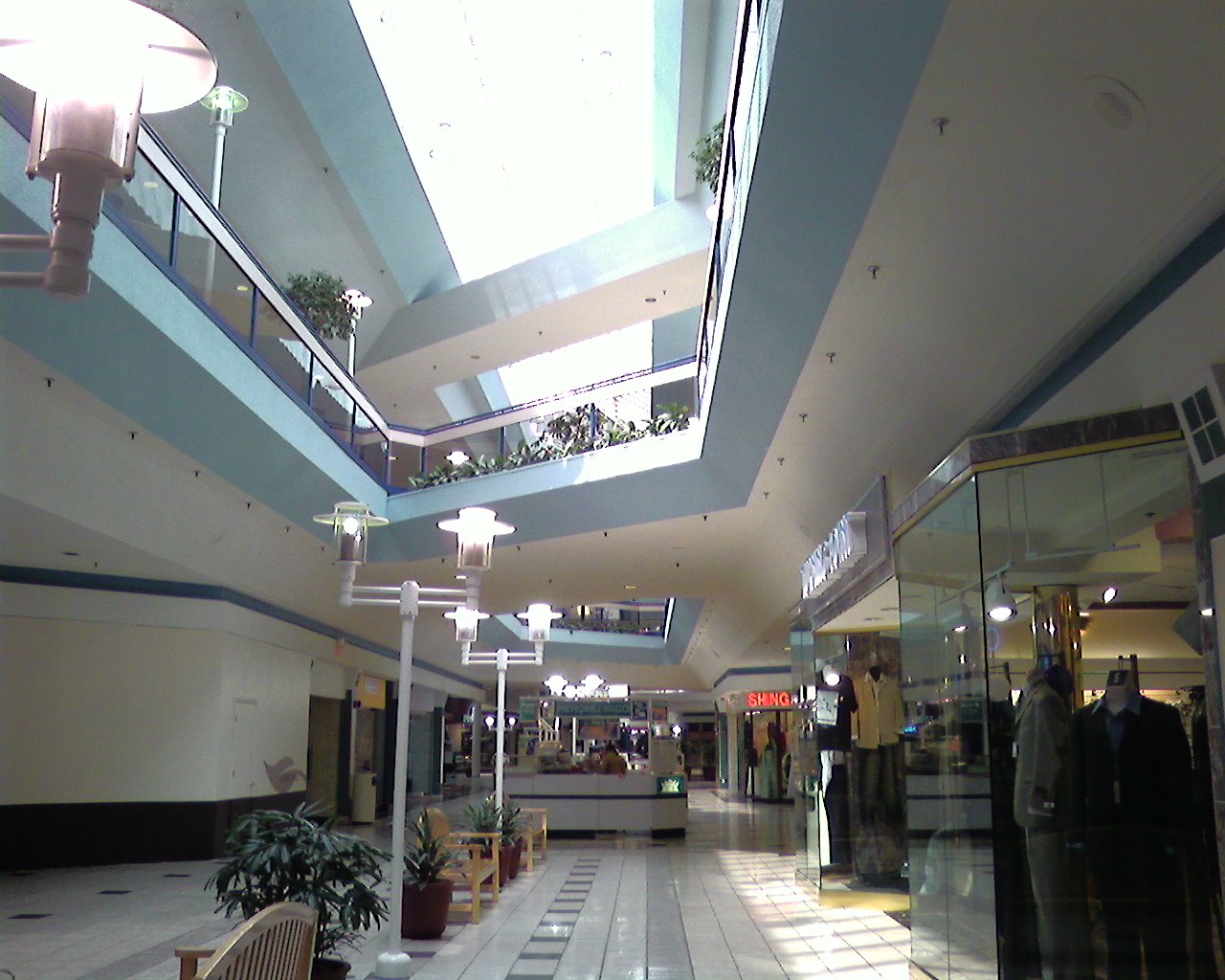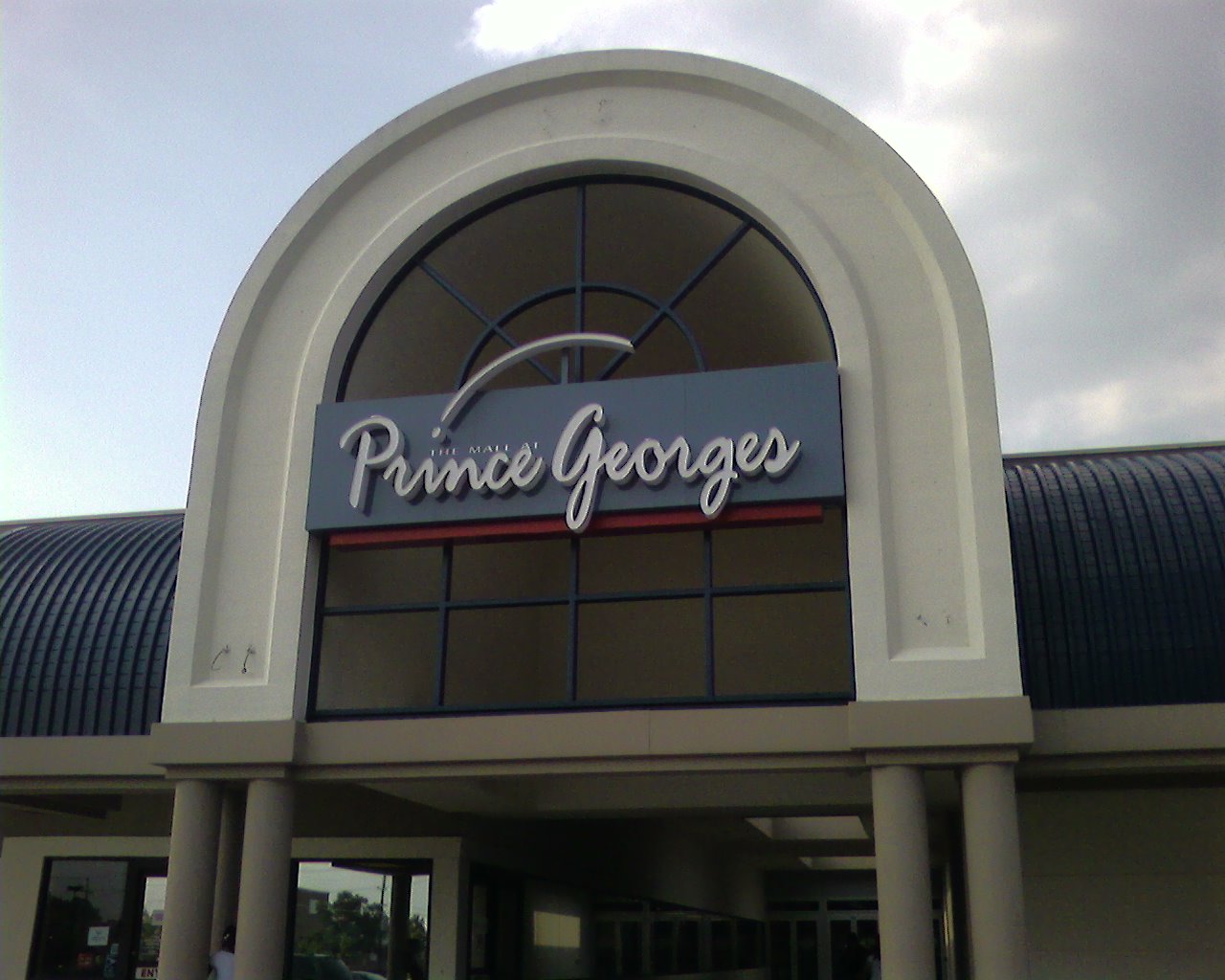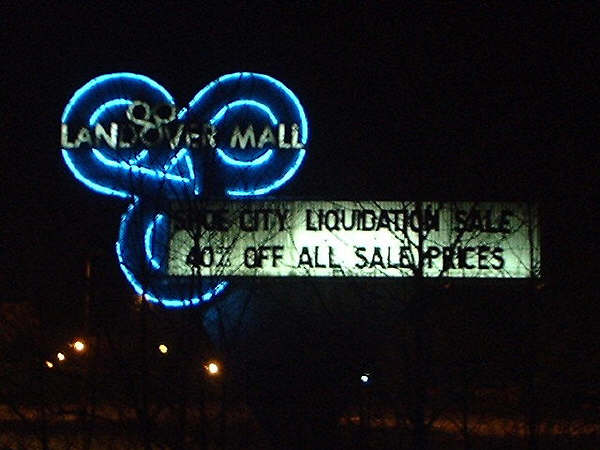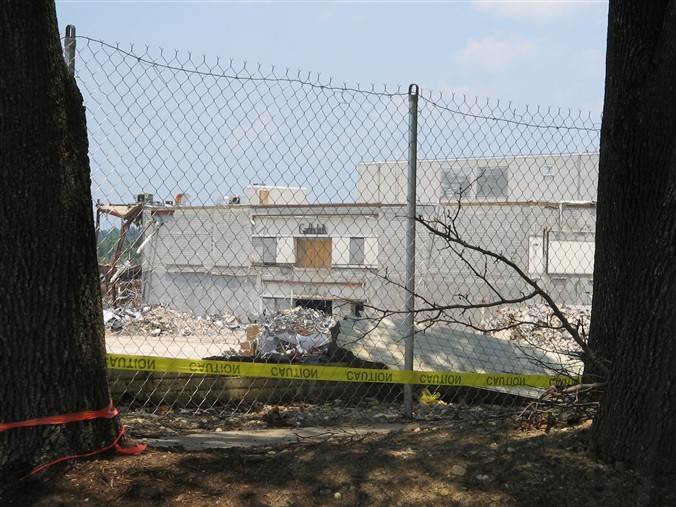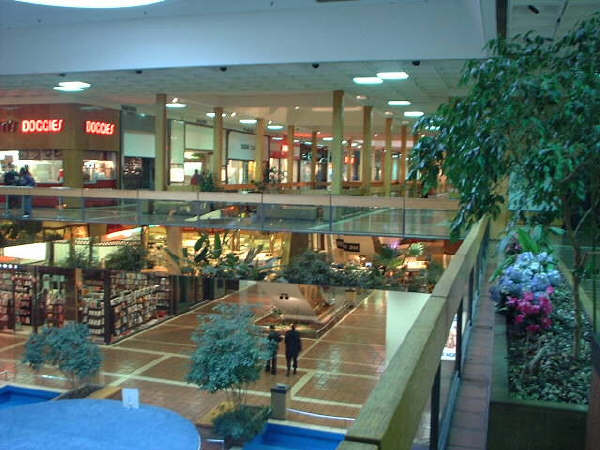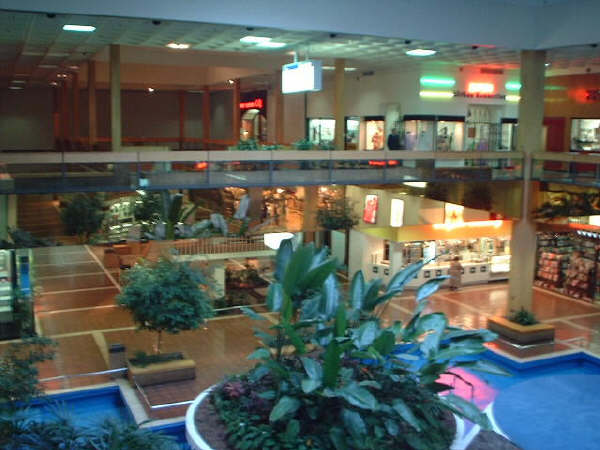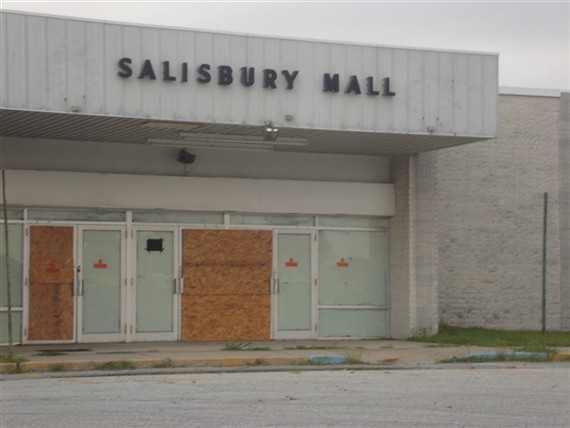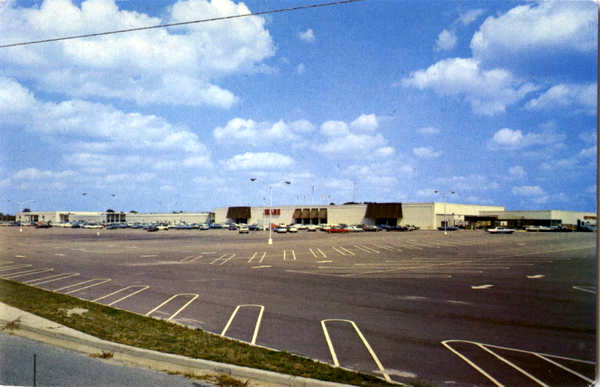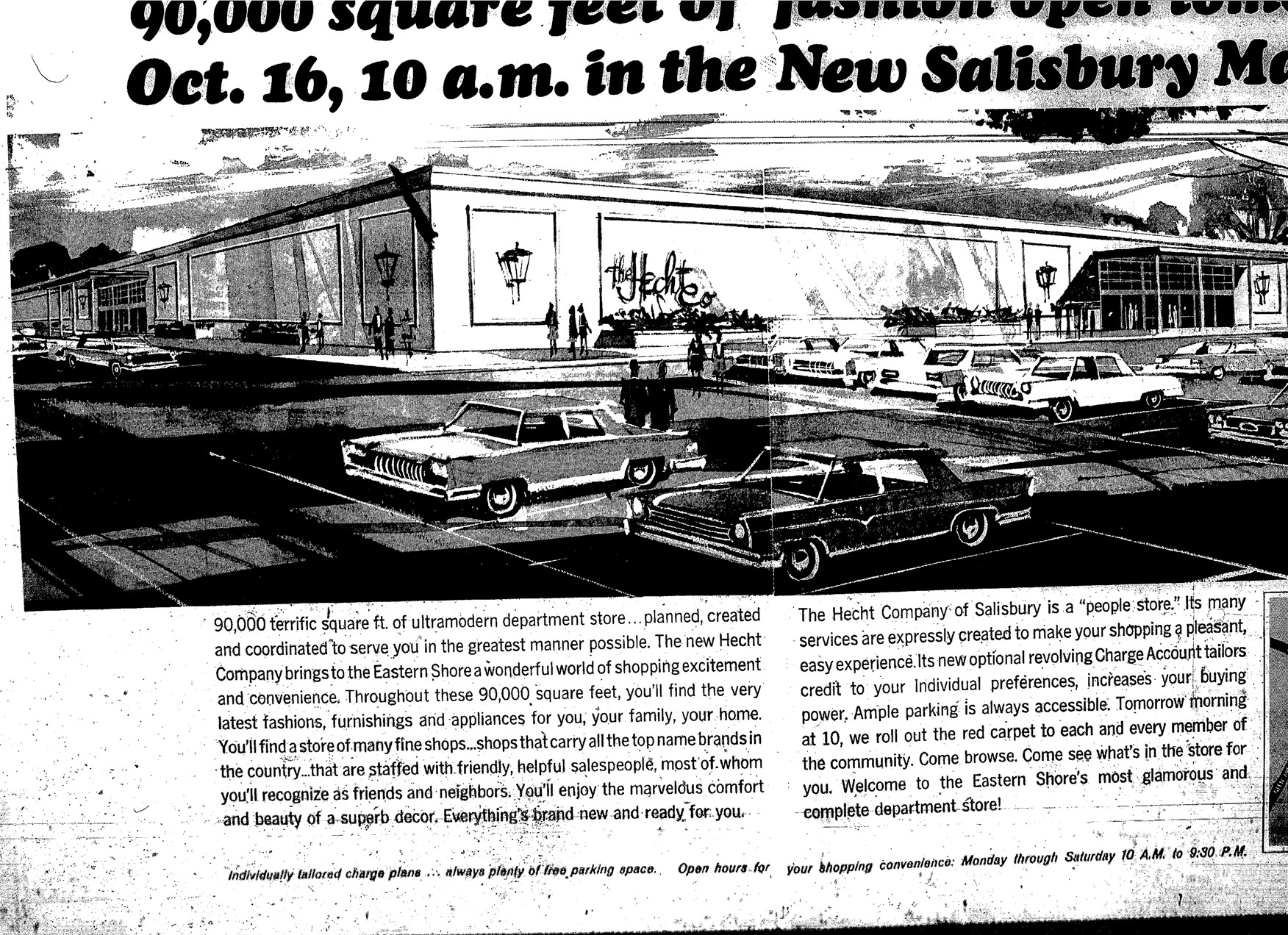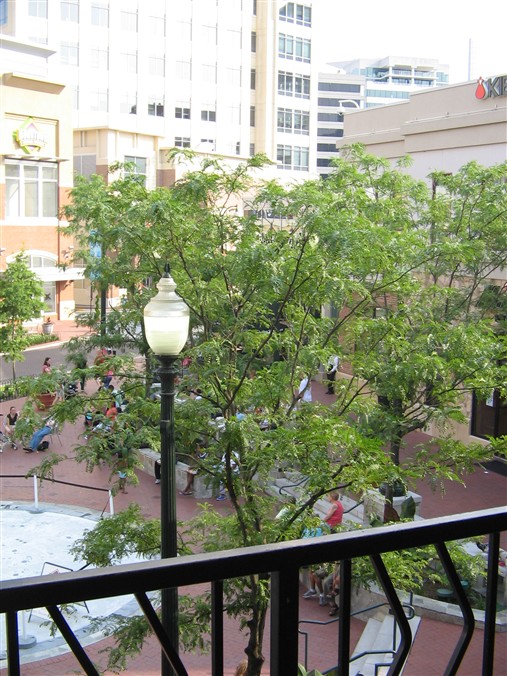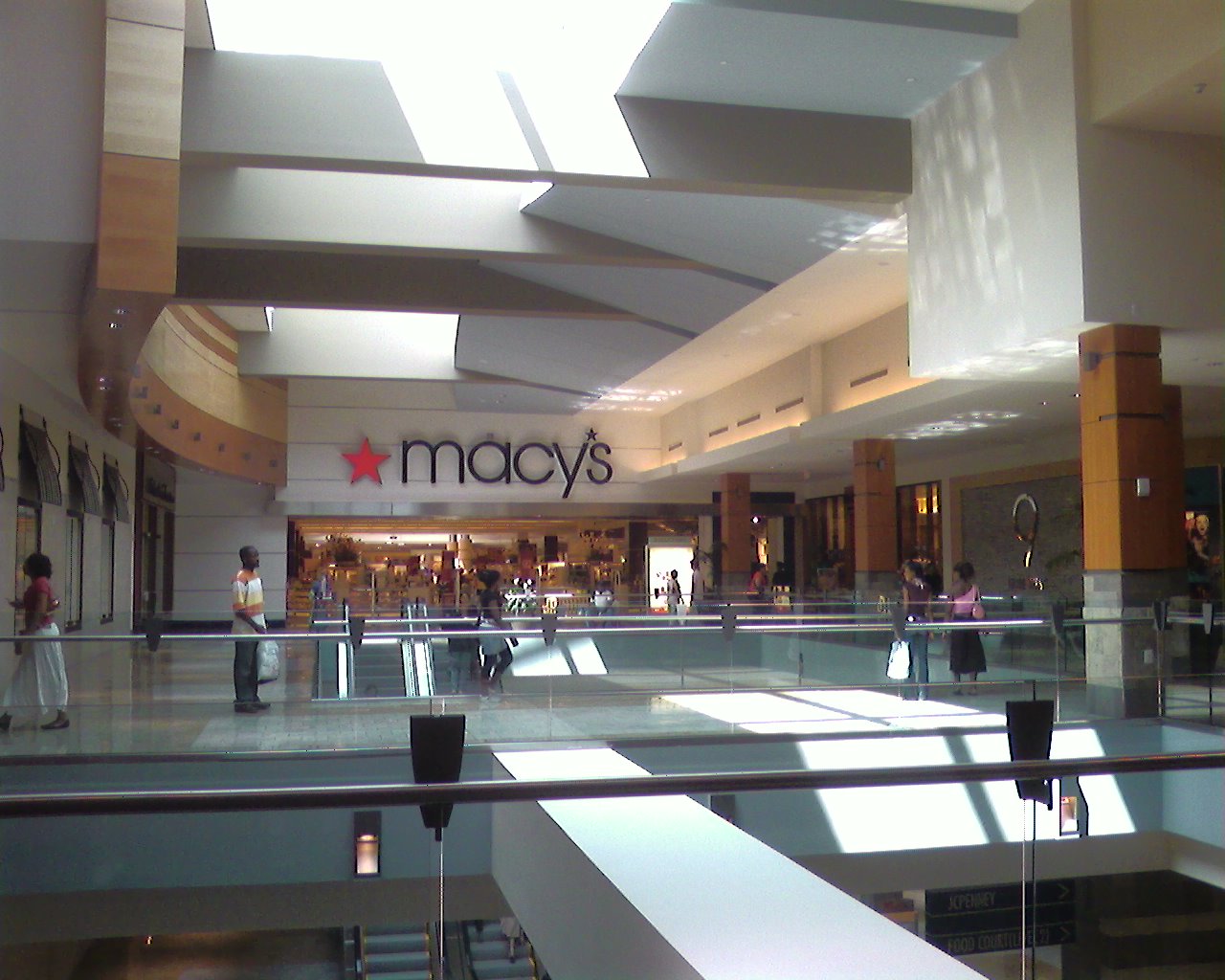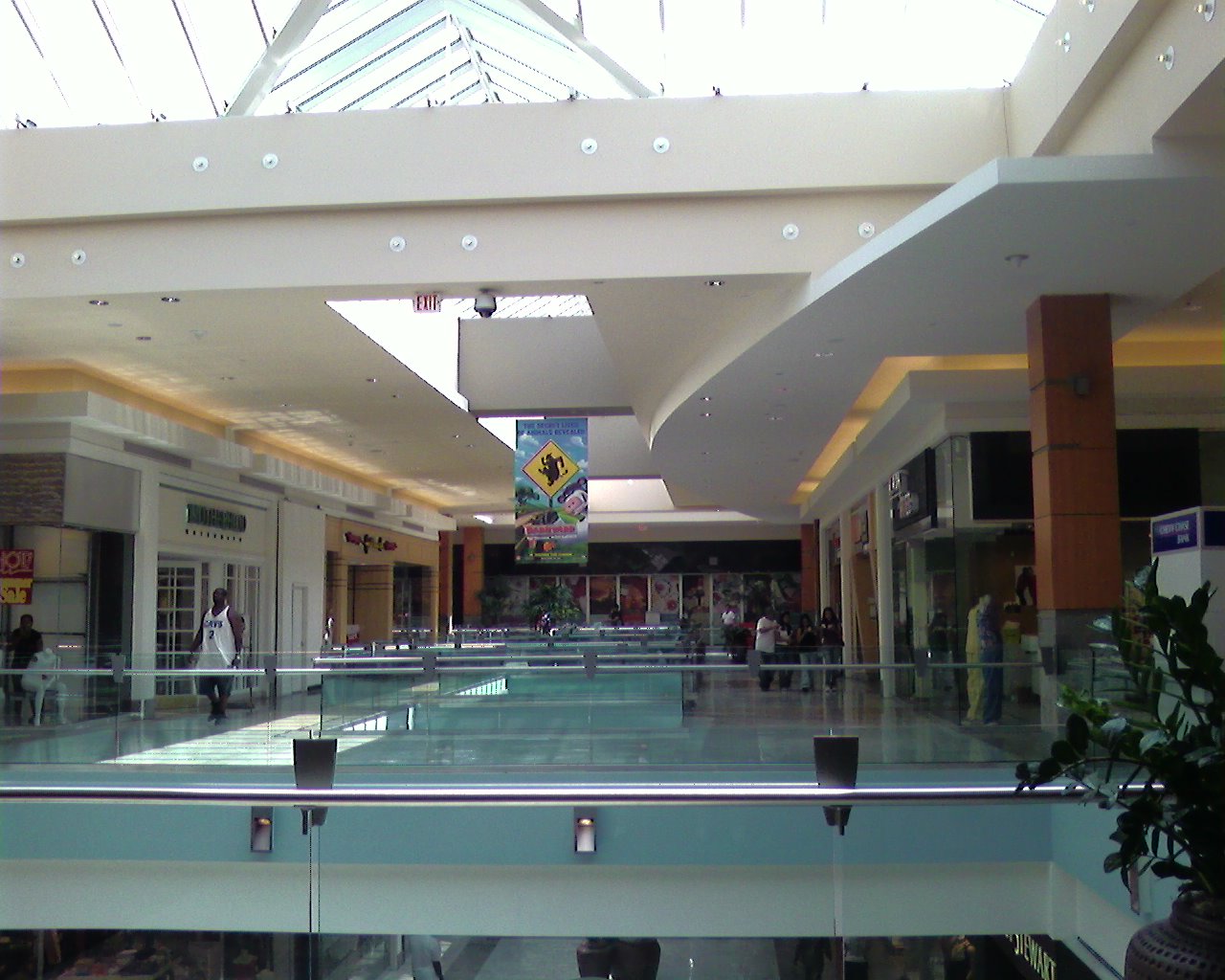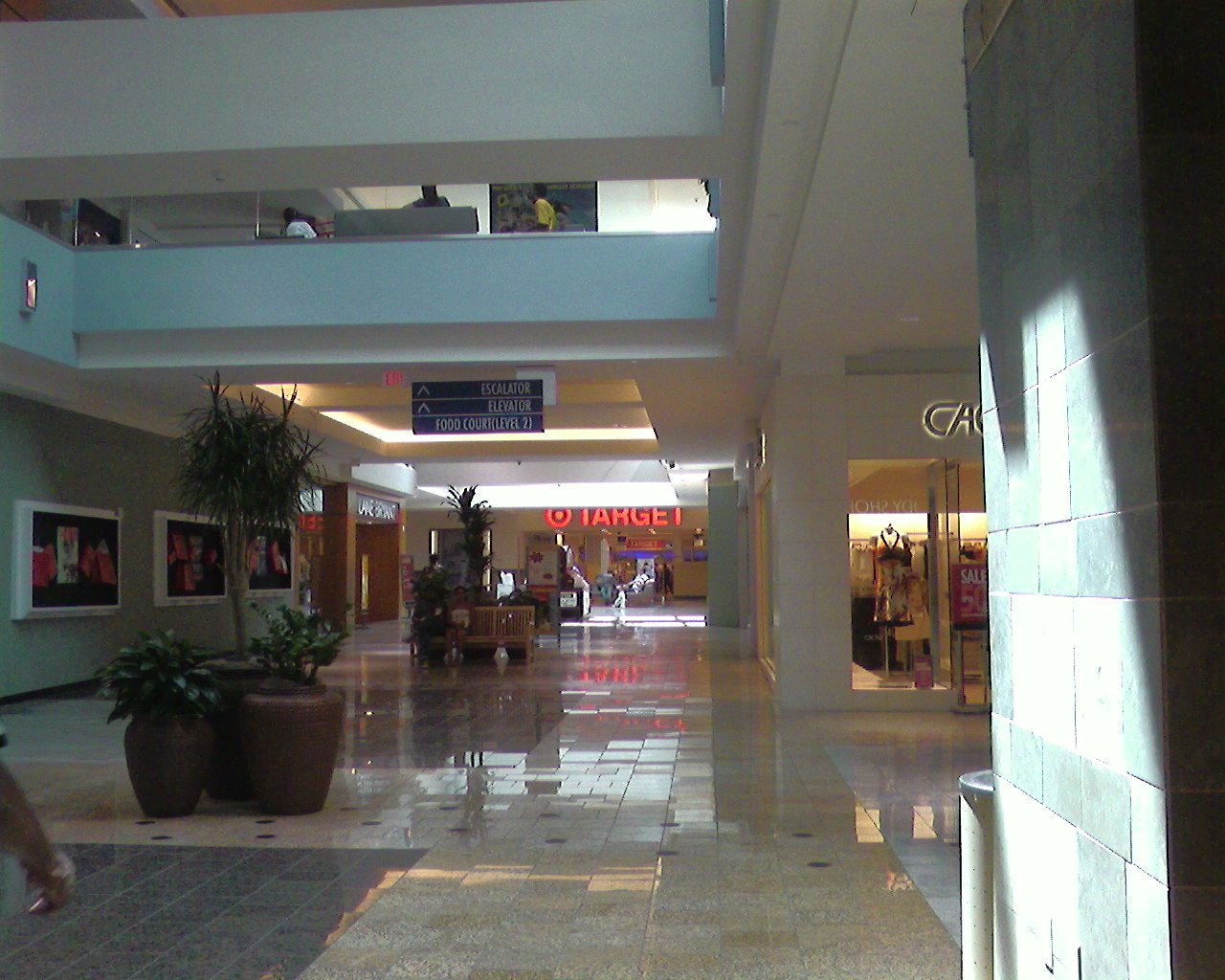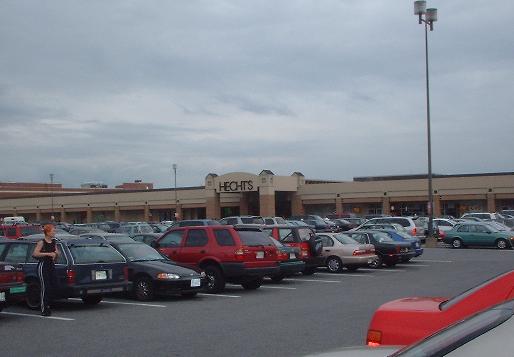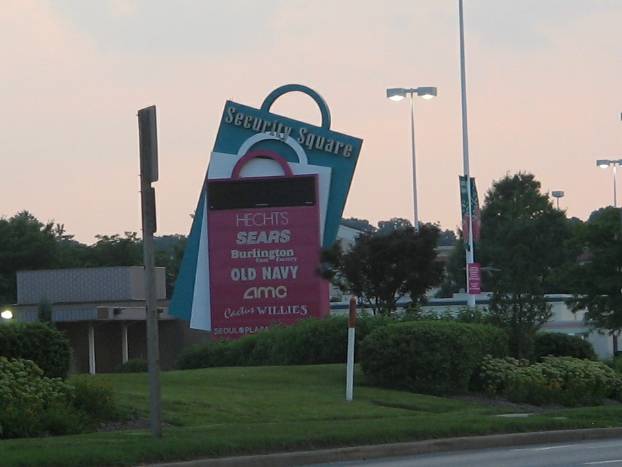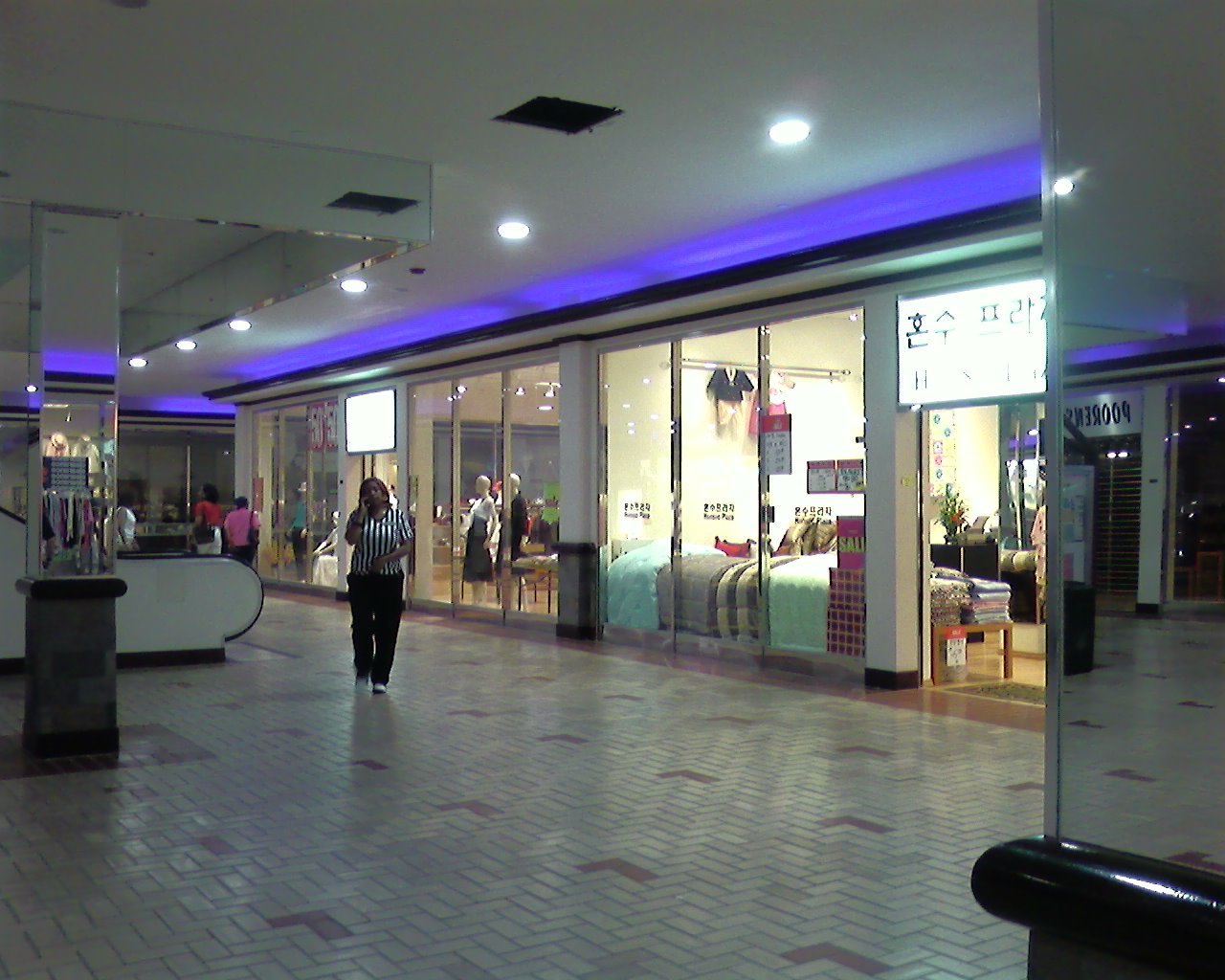Frederick, Maryland is an outlying anchor city of the Baltimore-Washington Metropolitan Area. Located about 50 miles from both downtown Washington and downtown Baltimore, Frederick is both a commuter exurb and a city in its own right. With a population of about 60,000, Frederick is the third largest incorporated city in Maryland, after Baltimore and Rockville, and is also the gateway to points west from the DC-Baltimore metropolitan area.
An unusual characteristic about Frederick is, despite a relatively small size, it is home to two medium-sized shopping malls. Frederick Towne Mall, located on the “Golden Mile” retail strip of U.S. 40 on the west side of town, was the first mall in town, and opened to massive fanfare in 1972. Francis Scott Key Mall, which opened a few years later in 1978, anchors another retail area on the south side of town adjacent to Interstate 70, which goes east to Baltimore, and Interstate 270, which goes south to Montgomery County and Washington, D.C.
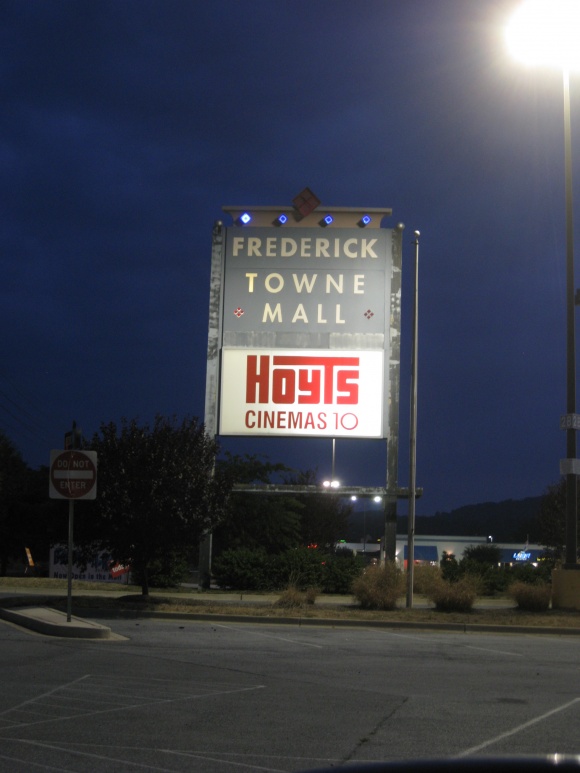 In a classic case of regional retail overload, the Francis Scott Key Mall and its surrounding retail area gradually became the dominant retail area in town, replacing Frederick’s Golden Mile and the Towne Mall that anchors it. Other regional malls were also constructed in the nearby cities of Martinsburg, Hagerstown, Chambersburg, Westminster, as well as in monied Montgomery County, giving residents from nearby places little reason to come to Frederick to do their shopping. In addition, the offerings constructed in Montgomery County and Northern Virginia became a draw for Frederick residents who were seeking a more total and slightly upscale retail experience. As a result, having two malls in Frederick proved to be two too many.
In a classic case of regional retail overload, the Francis Scott Key Mall and its surrounding retail area gradually became the dominant retail area in town, replacing Frederick’s Golden Mile and the Towne Mall that anchors it. Other regional malls were also constructed in the nearby cities of Martinsburg, Hagerstown, Chambersburg, Westminster, as well as in monied Montgomery County, giving residents from nearby places little reason to come to Frederick to do their shopping. In addition, the offerings constructed in Montgomery County and Northern Virginia became a draw for Frederick residents who were seeking a more total and slightly upscale retail experience. As a result, having two malls in Frederick proved to be two too many.
So which mall would Frederick choose to support, and which mall would be thrown in the trash? The answer would be informed by demographic shift, creating crime or the perception thereof, a dash of mother nature, and three cups of competition.
Beginning as early as the late 1970s, and ramping up through the 1990s, the retail dominance in Frederick began to shift from the Golden Mile/Towne Mall area to the area around Francis Scott Key Mall, along MD Highway 85. This was precipitated by a few factors. First, as we mentioned above, the region was saturated with regional malls in nearly every direction, negating the necessity for having two of them in town.
A major shift in local demographics also informed where the dominant retail placement would be. The area around the Golden Mile became home to more and more low income housing, and after a series of events, earned a reputation for crime. Violent crime surrounded the area of Towne Mall, and frequent fights began to break out in the mall itself. These events became well publicized in the media, and locals began reallocating their dollars to the safer retail district across town, near Francis Scott Key Mall.
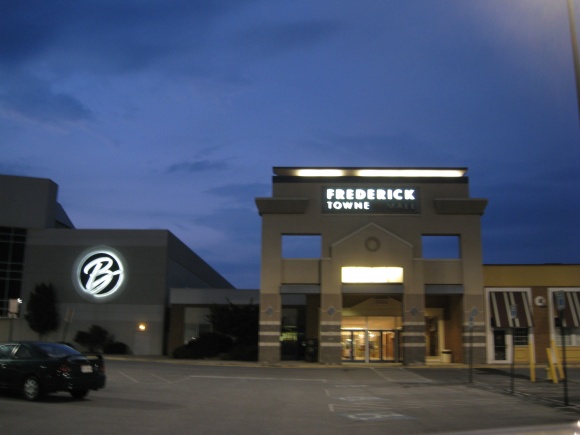 Mother nature played a role, too. The creek behind the mall is prone to flooding, and a significant portion of the mall is within the 100-year floodplain. This makes it tough for anyone who wants to ameliorate the decline of the area, because FEMA has very specific and complicated rules about development in the floodplain, even prohibiting renovations on existing structures.
Mother nature played a role, too. The creek behind the mall is prone to flooding, and a significant portion of the mall is within the 100-year floodplain. This makes it tough for anyone who wants to ameliorate the decline of the area, because FEMA has very specific and complicated rules about development in the floodplain, even prohibiting renovations on existing structures.
Topography is also a major factor that has limited new development along the Golden Mile. Because of large hills on either side of U.S. 40, development is limited to a short space along the highway corridor, and most of the corridor is already built out.
In response to these challenges on the Golden Mile, developers chose to build a new retail corridor, centered around Francis Scott Key Mall across town. The new retail corridor would not have any of these challenges, and would have access from both interstates 70 and 270.
In 2001, Montgomery Ward closed their doors nationwide, including their store at Towne Mall. It was eventually replaced by a Home Depot in 2004, which does not have mall access.
The next store to defect from Towne Mall was JCPenney, which moved to FSK Mall in the early 2000s. It wasn’t a terrible blow, however, because the space was swiftly replaced by Boscov’s in October 2003.
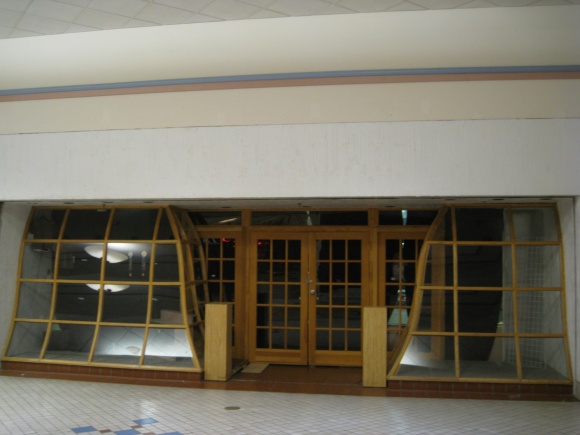 Despite retaining three anchors throughout most of its history, the interior of Towne Mall has suffered the most over the past decade. Longtime tenants like Chanticleer Shoes, Gentlemans Choice, Long John Silvers, and others have either closed or relocated, leaving the interior corridor of the mall awash with dead stores and few patrons. The few stores left cater mostly to either a low income or specialty niche, with several dollar stores and even a dead store converted to a bouncy castle. The Radio Shack in the mall, which was still open as of August 2010, said that 75 percent of their business was providing cell phones to hispanic customers.
Despite retaining three anchors throughout most of its history, the interior of Towne Mall has suffered the most over the past decade. Longtime tenants like Chanticleer Shoes, Gentlemans Choice, Long John Silvers, and others have either closed or relocated, leaving the interior corridor of the mall awash with dead stores and few patrons. The few stores left cater mostly to either a low income or specialty niche, with several dollar stores and even a dead store converted to a bouncy castle. The Radio Shack in the mall, which was still open as of August 2010, said that 75 percent of their business was providing cell phones to hispanic customers.
After all the problems, mall owners were quick to react to the situation, and put together plans to renovate the mall into a mixed-use lifestyle center in 2005. The plan was approved in 2006, and included a new parking deck to the north of the Bon Ton anchor, a line of residential condos, space for new outparcels, and a total remodeling of the mall, demolishing the interior corridors and replacing them with outdoor ones.
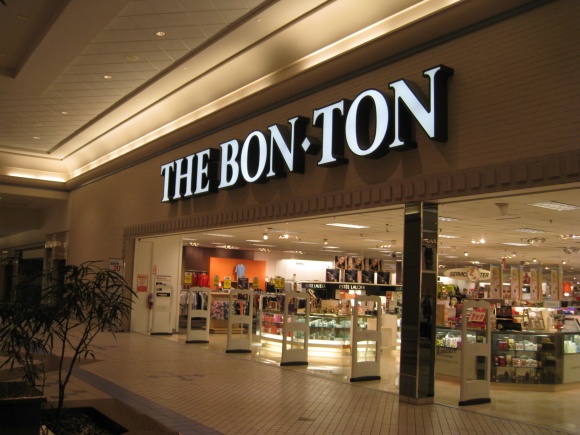 However, a few years went by, and murmurs about redevelopment were quieted due to the economy, lack of intered from leasing parties, and the inability to secure credit to build the project. In 2009, the local paper revealed that a new developer was on board, and that plans may have changed. A spokesman for the developer, DLC Management, said that they were evaluating and formulating their plan in 2009, and as of 2010 had not brought forth anything concrete. Reading in between the lines, it looks like nothing is going to happen here until the place either falls down or closes permanently and becomes a blighted eyesore, “requiring” more financial assistance from the government to be redeveloped. DLC’s page on Frederick Towne Mall links to a storetrax profile which provides absolutely no clues either.
However, a few years went by, and murmurs about redevelopment were quieted due to the economy, lack of intered from leasing parties, and the inability to secure credit to build the project. In 2009, the local paper revealed that a new developer was on board, and that plans may have changed. A spokesman for the developer, DLC Management, said that they were evaluating and formulating their plan in 2009, and as of 2010 had not brought forth anything concrete. Reading in between the lines, it looks like nothing is going to happen here until the place either falls down or closes permanently and becomes a blighted eyesore, “requiring” more financial assistance from the government to be redeveloped. DLC’s page on Frederick Towne Mall links to a storetrax profile which provides absolutely no clues either.
We visited Frederick Towne Mall in March 2004 and again in August 2010. The difference between those two periods is stark, as the mall was only beginning to show vacancies in 2004 and in 2010 is on life support. In 2010, the security guard didn’t even have much to do, he was just sitting near the Boscov’s anchor looking bored.
March 2004:
August 2010:
 An unusual characteristic about Frederick is, despite a relatively small size, it is home to two medium-sized shopping malls.
An unusual characteristic about Frederick is, despite a relatively small size, it is home to two medium-sized shopping malls. 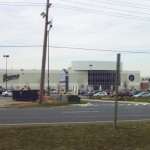
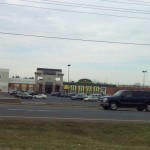
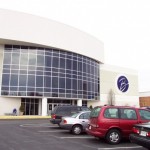
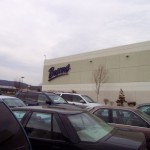
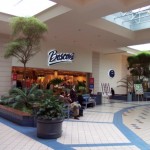
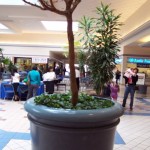
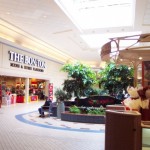
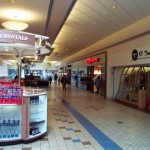

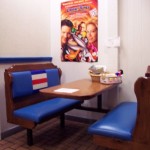
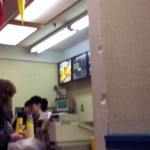
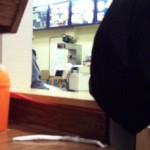

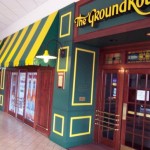
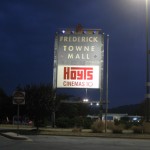
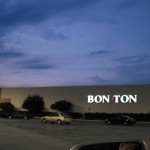
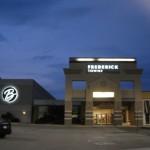
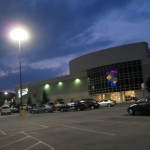
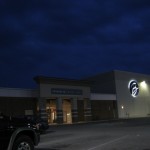
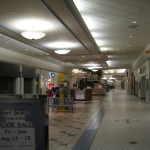
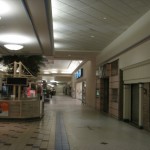
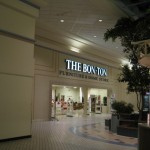
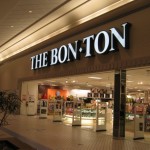
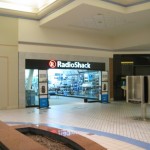
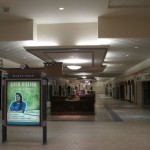
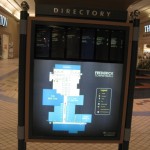
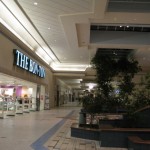
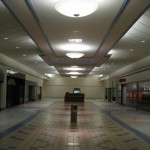
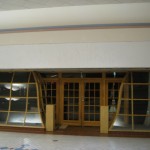
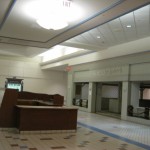
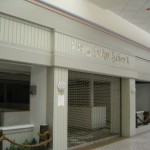
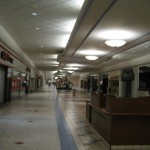
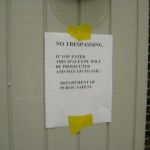
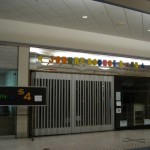
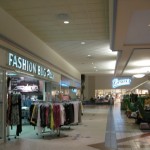
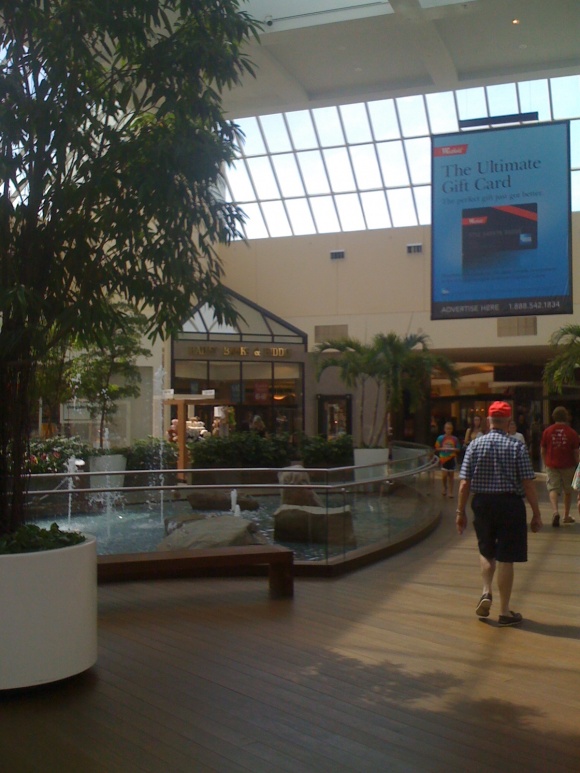 Opened in 1980, Annapolis Mall is currently the largest mall in the state of Maryland, including the area surrounding metro Baltimore and the Maryland side of the Washington, D.C. area. However, a whopping four malls on the Virginia side of metro D.C. are bigger than Annapolis Mall: Springfield Mall, Tysons Corner Center, Potomac Mills, and Fair Oaks Mall. Springfield Mall, which we’ve covered here, is a troubled red giant in a crowded (and fiercely competitive) retail galaxy, but the Tysons MegaMall Googolplex, Potomac Mills and Fair Oaks are certainly formidable super-regional destinations in their own right.
Opened in 1980, Annapolis Mall is currently the largest mall in the state of Maryland, including the area surrounding metro Baltimore and the Maryland side of the Washington, D.C. area. However, a whopping four malls on the Virginia side of metro D.C. are bigger than Annapolis Mall: Springfield Mall, Tysons Corner Center, Potomac Mills, and Fair Oaks Mall. Springfield Mall, which we’ve covered here, is a troubled red giant in a crowded (and fiercely competitive) retail galaxy, but the Tysons MegaMall Googolplex, Potomac Mills and Fair Oaks are certainly formidable super-regional destinations in their own right.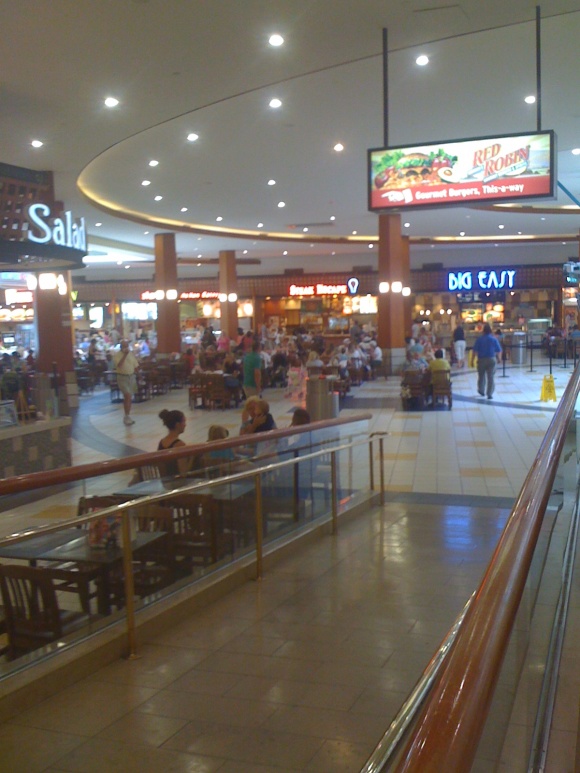
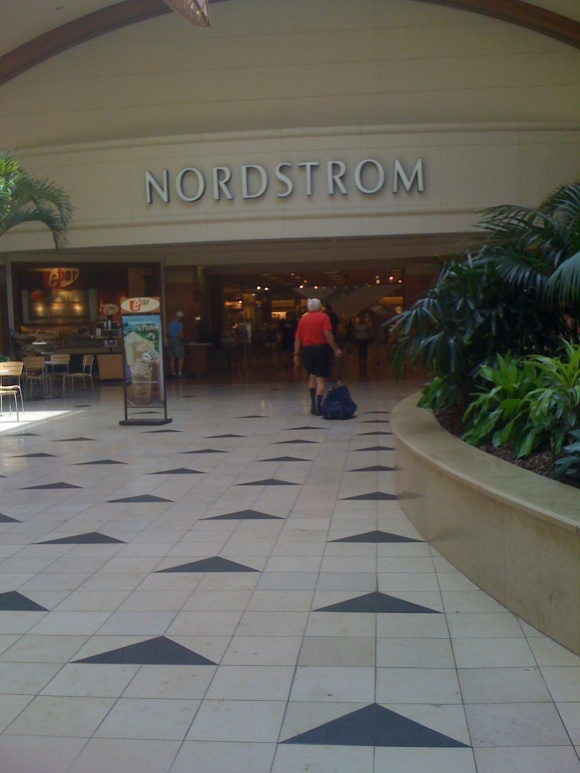
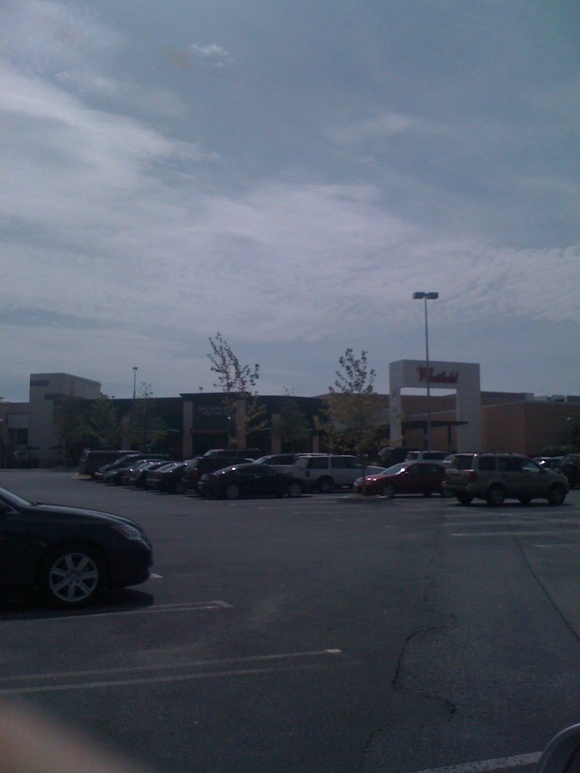
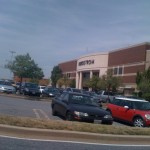
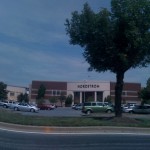
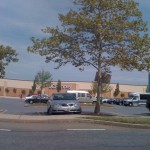
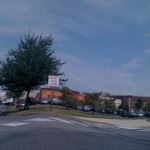
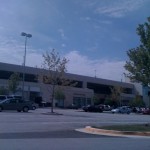
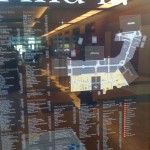
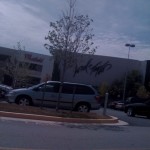
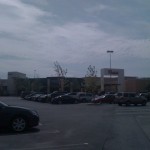
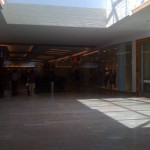
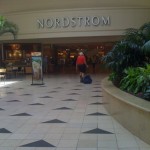
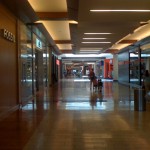
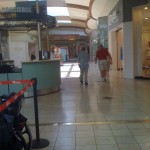
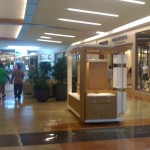
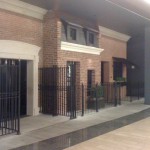
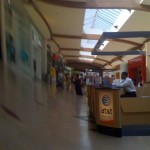
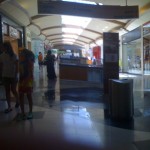
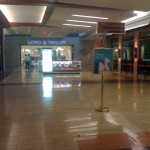
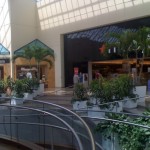
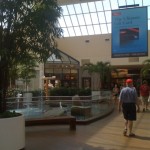
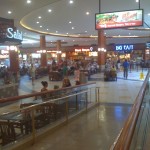
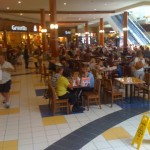
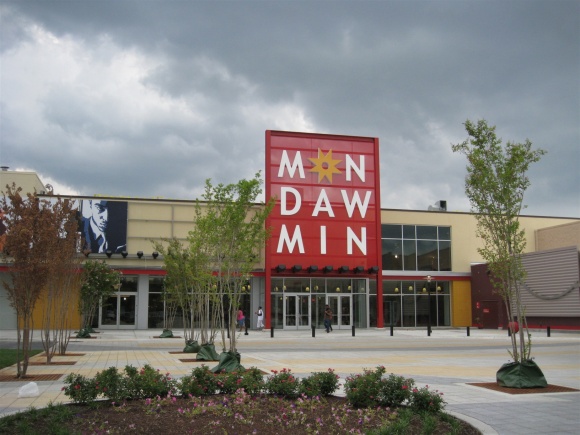 Baltimore’s busy, urban
Baltimore’s busy, urban 